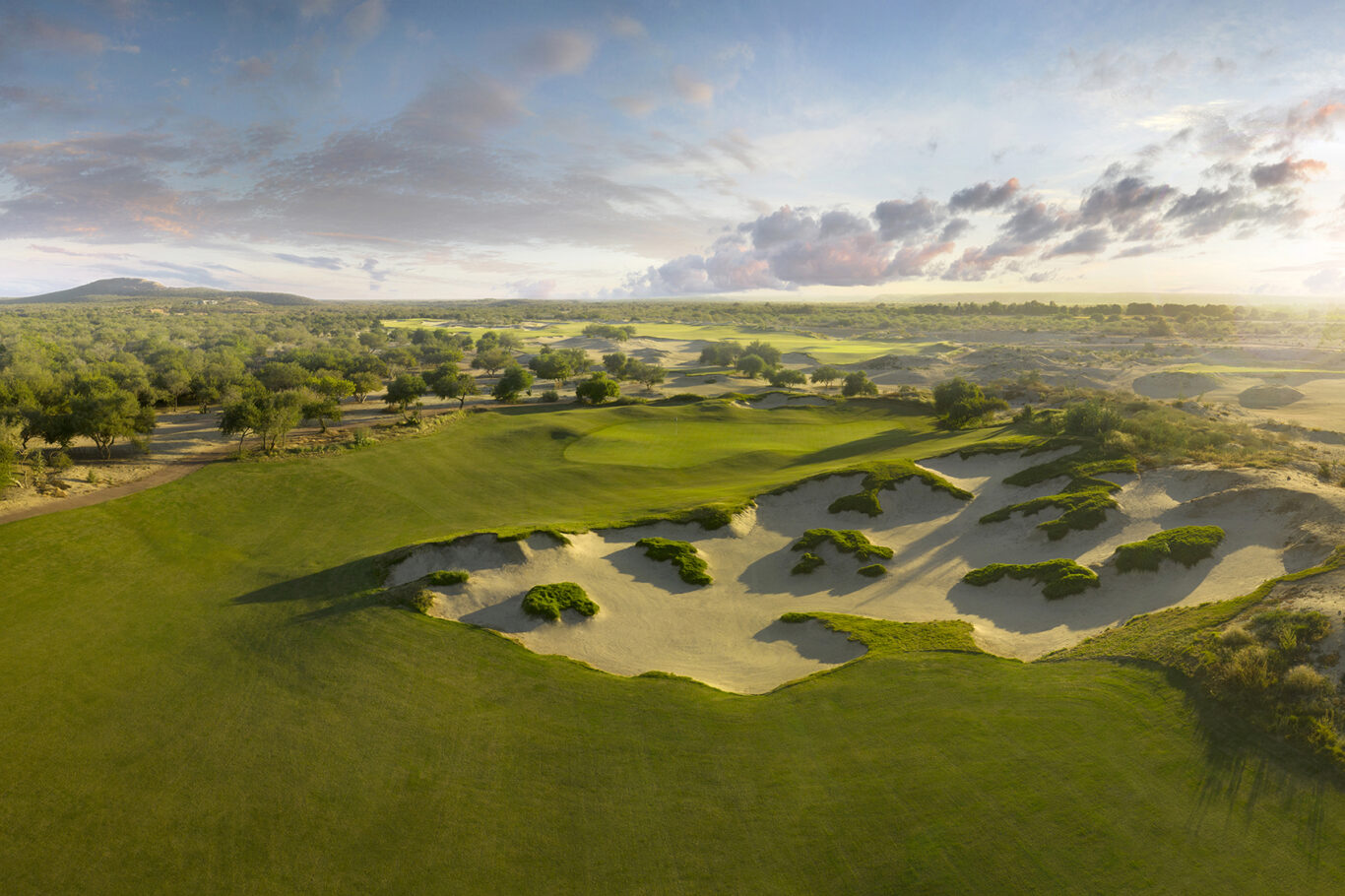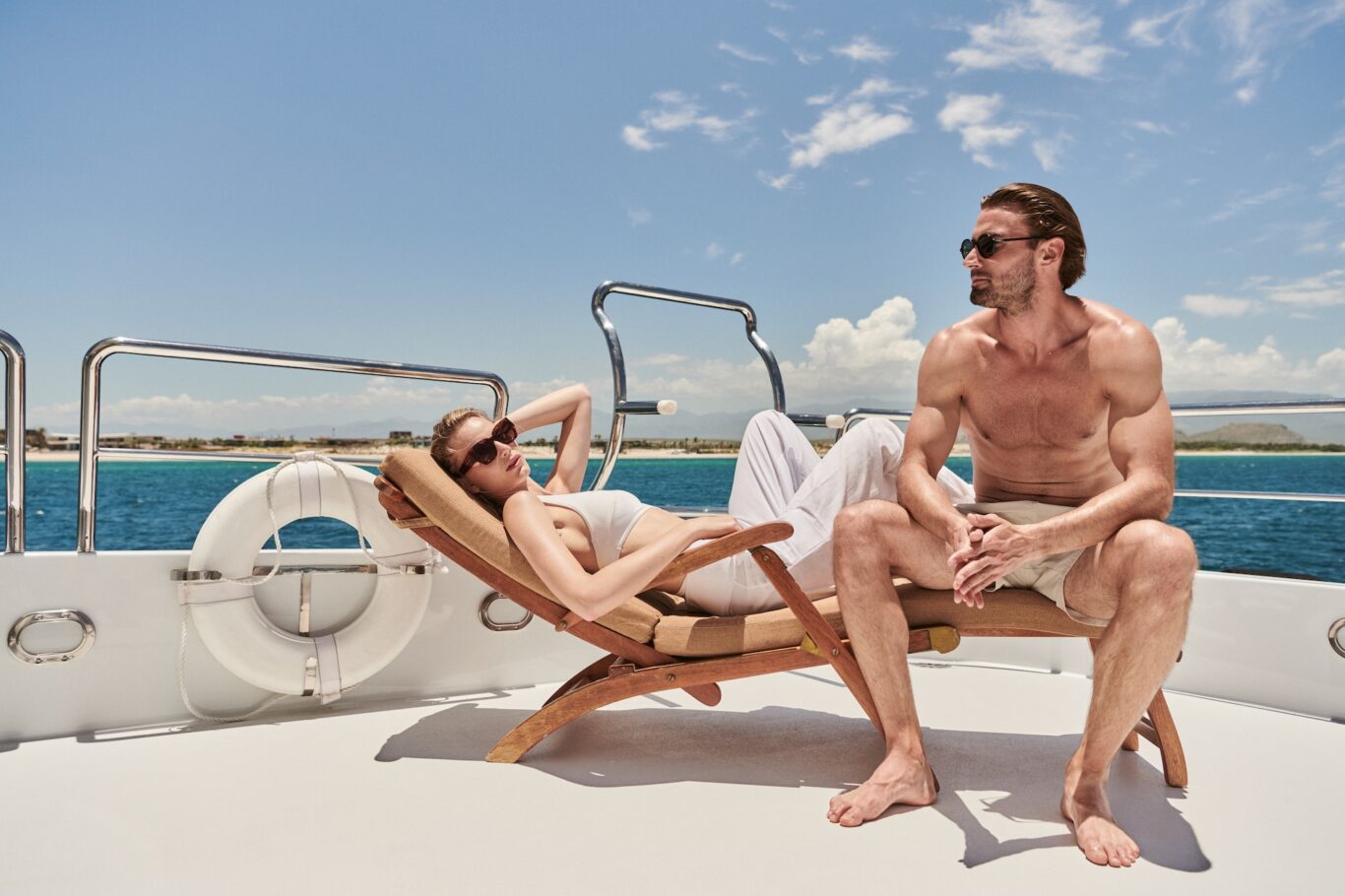
Blog | Tuesday, November 26, 2024
Top 4 Fish To Catch on Your Next Trip to East Cape
Did you know that the enchanting East Cape is considered the marlin capital of the world?
Thanks to the presence of abundant marine life–about 900 species, in fact–fishing in East Cape is an ideal way to spend your sunny days in paradise.
Whether you’re new to recreational fishing or a more seasoned fisherman, a menagerie of colorful fish swim beneath the surface of the sparkling Sea of Cortez.
Consider taking a local fishing expert out on your yacht and head to the best fishing hotspots.
For relaxation, recreation, or just to try something, new–fishing in East Cape is an exciting experience you won’t soon forget.
Read on for the top four fish you can expect to find on your fishing expedition while indulging in the laid-back luxury of Los Cabos.
-
1. Black marlin
You’re most likely to score a black marlin catch during the warmer summer months in Los Cabos, specifically from June through October, with many finding luck during the very beginning of November.
According to local fishing enthusiasts, October will be your best bet to catch this species due to the ideal weather and water temperature typical of this month.
A black marlin’s diet consists of squid and pelagic fishes. Live bait is an effective option for this highly-rated game fish, which is also easily and quickly identifiable.
When compared to giant blue marlin, giant black marlin catches are usually larger in size. Additionally, despite their name, black marlin’s bodies actually appear even more blue in color than blue marlin.
The average size of a black marlin ranges from 200-400 pounds and up to 11 feet in length.
-
2. Blue marlin
As with black marlin, the best time to fish for blue marlin will be from June through October, the latter of which is widely considered to be peak marlin time.
Male blue marlin average the same size range as black marlin, however, female blue marlin can grow much larger–the largest reaching up to 14 feet long and close to 2,000 pounds.
As far as successful blue marlin fishing techniques, live bait works well with this species, as well as lures that imitate flying fish or squid, which are popular staples in their diet.
Blue marlin have a vast and varied appetite, with other favorite prey including dolphin, tuna, and mackerel.
Take your yacht or chartered fishing boat to the southern side of the peninsula for the best chances of landing a blue or black marlin on the end of your rod.
Head for any area of deeper, open water and strong, fast currents–these spots are going to be ripe for the (marlin) picking.
-
3. Yellowfin tuna
The prime time for landing a dorado on the end of your reel is usually late summer to early winter, or August through September. This time of year is perfect for yellowtail tuna because the waters are warm, but not too hot.
Shaped like torpedoes, yellowfin tuna fish grow quickly–and up to a whopping 400 pounds. They can also reach almost 8 feet in length.
Bring a heavy-duty rod or reel, as well as a braided line and a fluorocarbon leader (or “fluoro”) along for the adventure.
Before you hit the open water, be sure to test your line for appropriate strength. Braided lines are recommended due to their hardiness and durability.
Once caught, yellowfin tuna are easy to identify, naturally, due to their bright yellow fins, metallic blue backs, and silver bellies.
Yellowfin tuna are not finicky when it comes to their diet, with a hearty appetite that expands as they grow. Favorite prey for these opportunistic feeders include smaller fish (such as sardines), squid, and crustaceans.
If you’re opting for lures, go for the most realistic duplications to increase your odds.
-
4. Dorado
Dorado are yet another of the most sought-after game fish for anglers in Los Cabos, popular due to their beauty, food quality, and smaller size that make them easier to catch. Dorado are also available for fishing year-round in Cabo, making them even more desirable.
When fishing for dorado, you’re going to find the most success near floating debris.
Areas with floating debris are popular hunting grounds for dorado because this is where they find their favorite prey–small fish.
Dorado are one of the most easily recognizable fish due to their vibrant green, blue, and yellow-colored bodies.
When underwater, dorado appear bright yellow, but when they’re feeling more excitable (like when actively hunting), they give off a glowing, neon blue hue.
On your dorado fishing quest, use medium-weight tackle and bait to capture their interest and score your own fresh catch of the day.
Quite smaller than marlin and yellowfin tuna, dorado weigh an average of 15-30 pounds, with mature adults sometimes weighing in at 50 pounds.
Male dorado are much larger than females, and are often referred to as “bull dorados.” The average length of a dorado is three to six feet.
Species-specific tips for dorado include casting your reel and making a skipping motion with your bait.
Trolling lures or bait behind a boat that’s in motion is also a pro tip for catching a prized dorado on your fishing excursion.
Fishing competitions
Sizable cash prizes, trophies–and plenty of bragging rights–bring travelers from all around the world to try their hand at one of the annual sport fishing competitions in the area.
- From June through November, there are a number of opportunities to showcase your skills–or just sit back and enjoy the high-octane action.
- Each challenging contest has its own rules and regulations, as well as tiered prize levels and fish categories.
- See which competition’s timeframe aligns with your next exotic escape and pencil it in your itinerary.
If you want to experience fishing in East Cape like never before, unlock the magic at Marina Village. The vibrant heart of Costa Palmas is Marina Village, located just steps from the water’s edge. Step off of your yacht and right into the mix at Marina Village, where a treasure trove of boutique shopping, gourmet dining, and picturesque settings for al fresco lounging and waterside gathering awaits. Dance the night away at Chiki, Marina Village’s onsite nightclub, or barefoot in the sand. Drenched in unassuming, sophisticated style, Marina Village offers world-class amenities and unlimited adventure well within reach.


